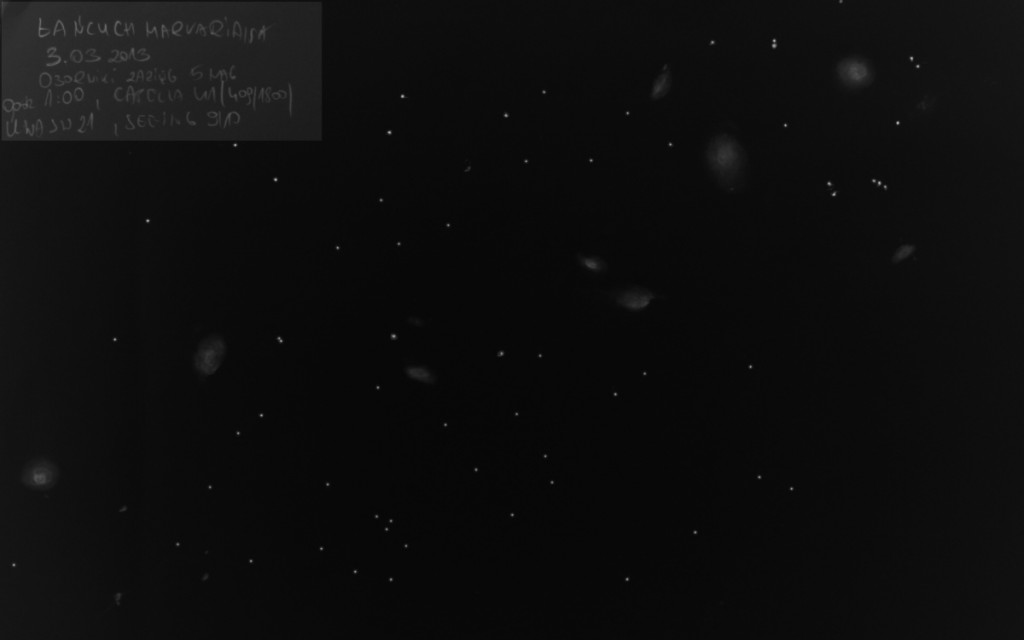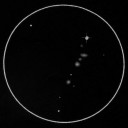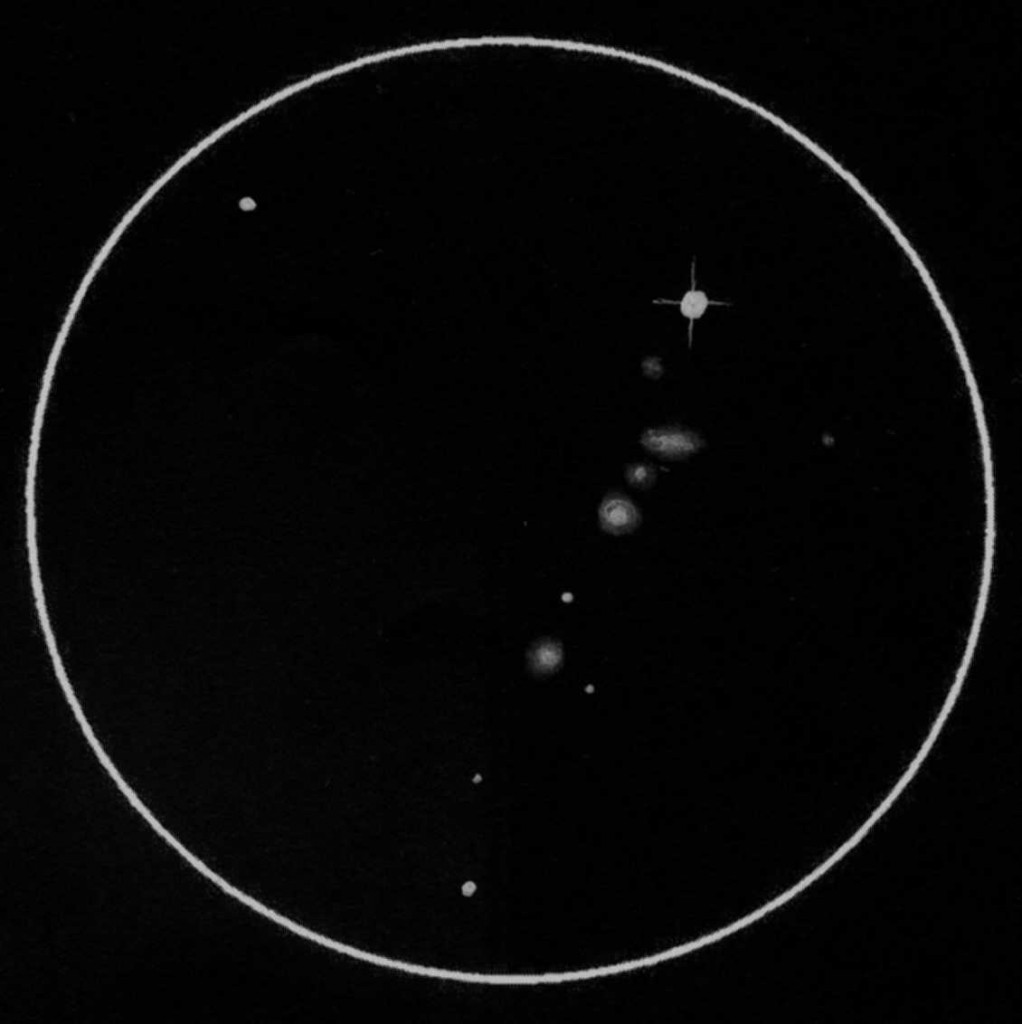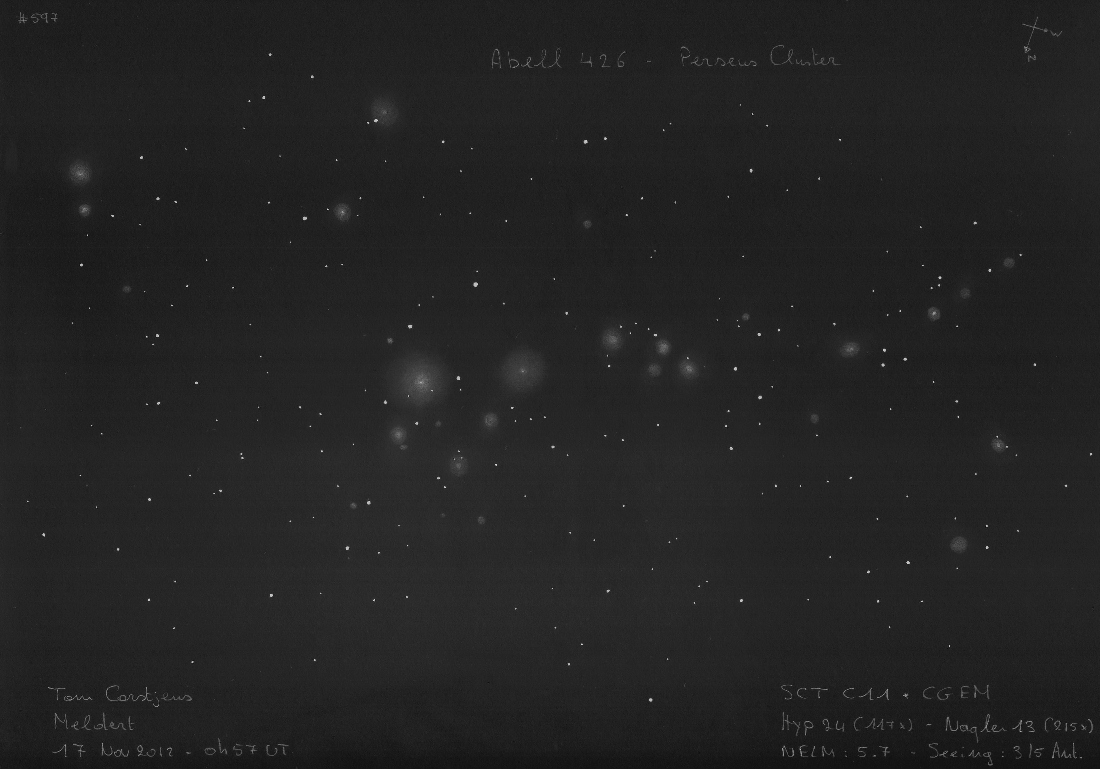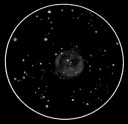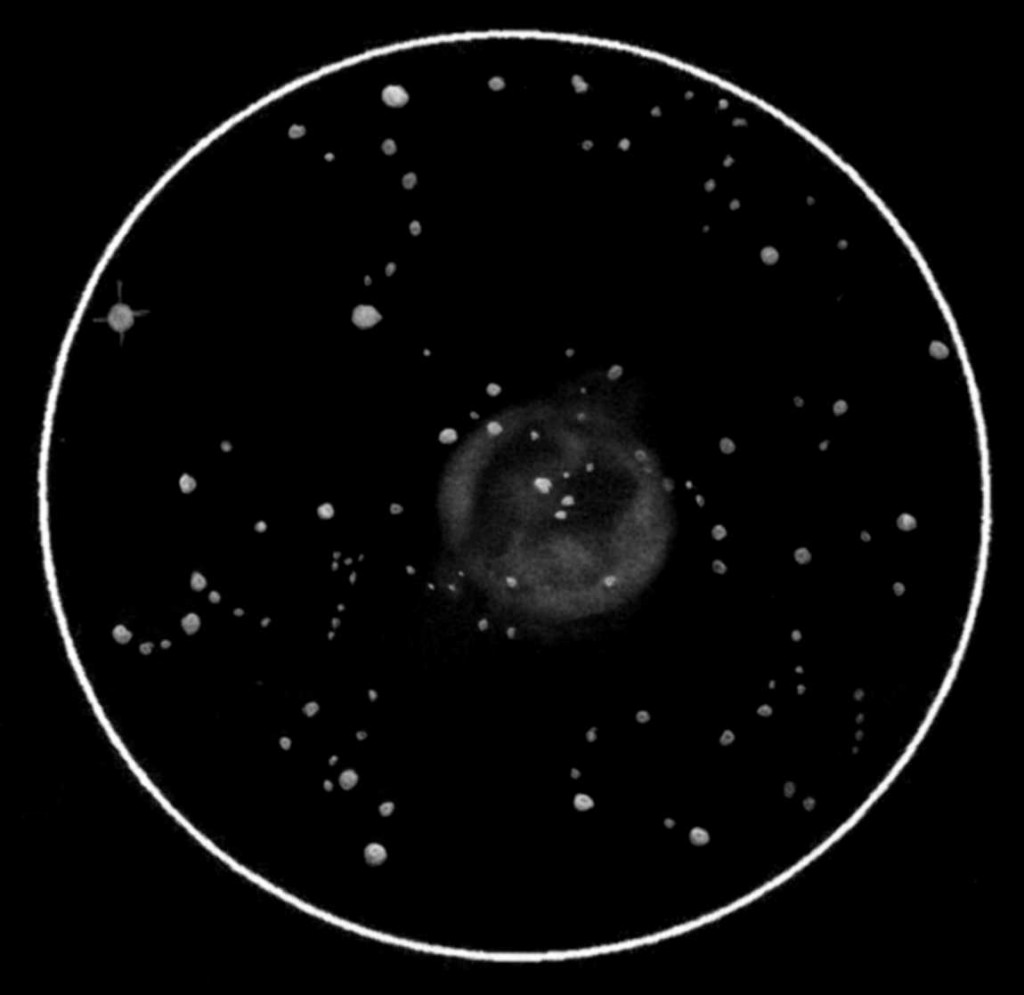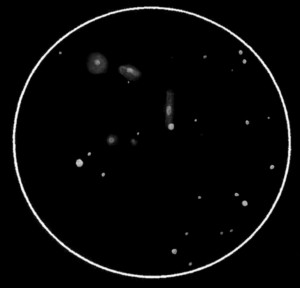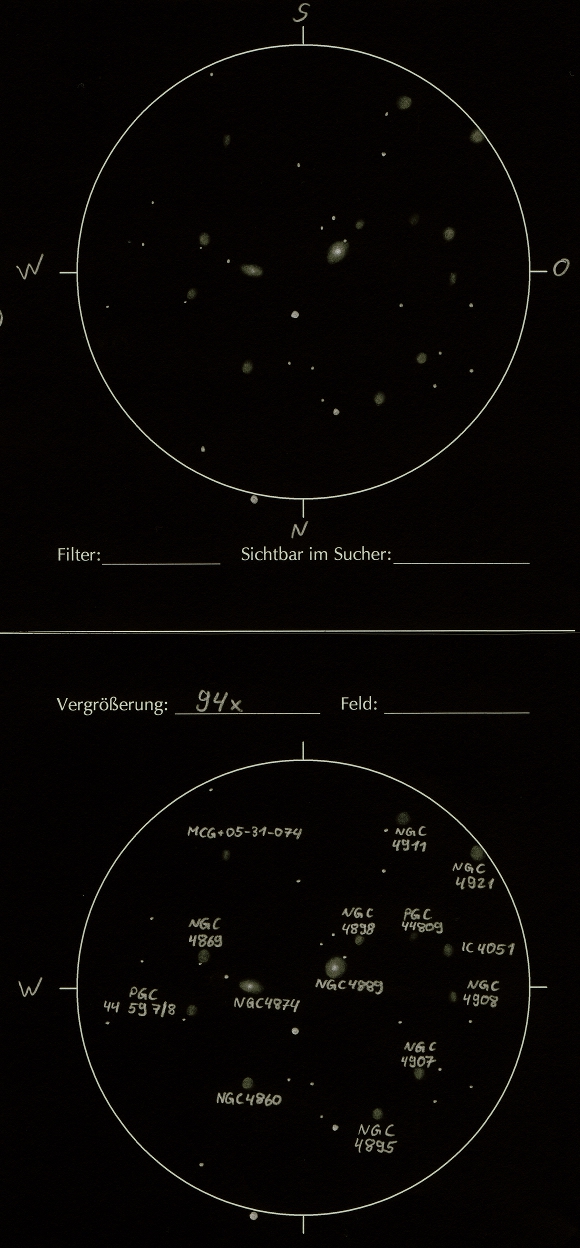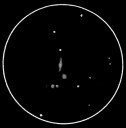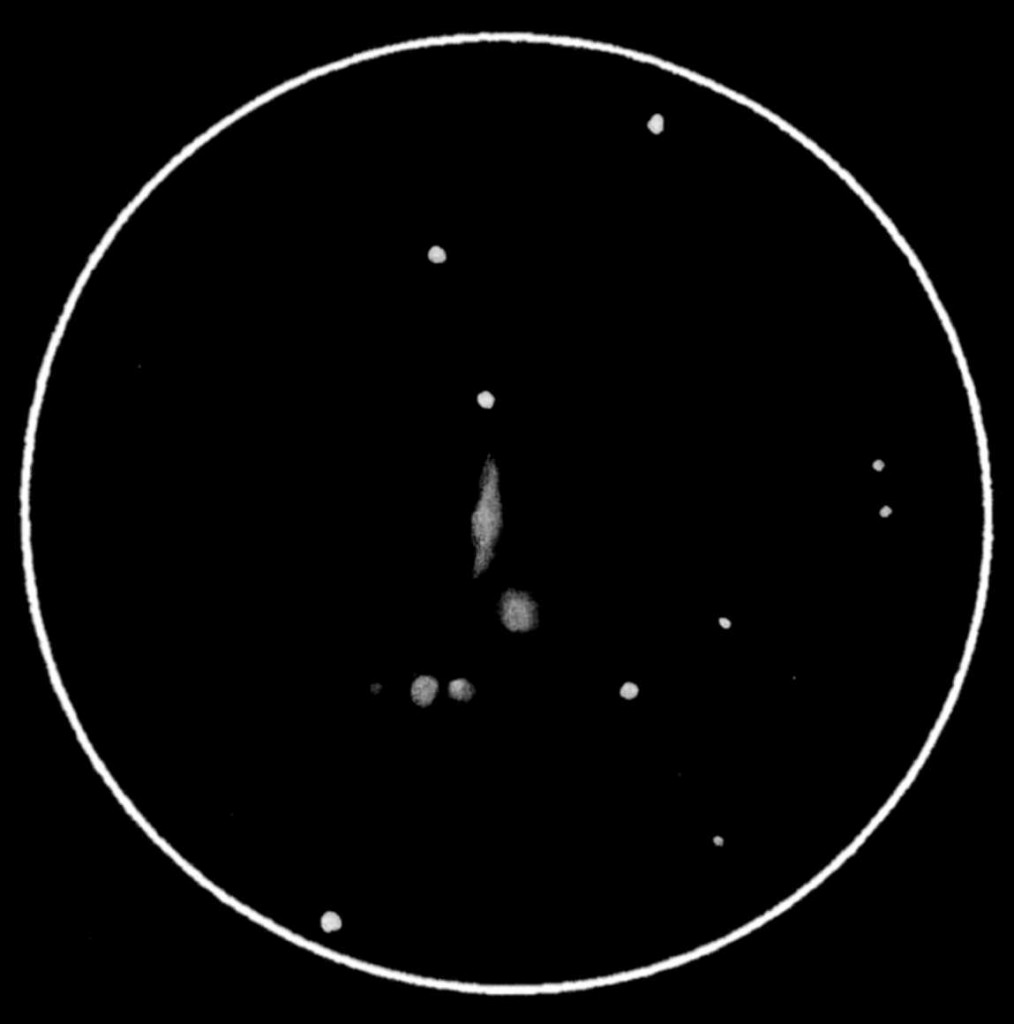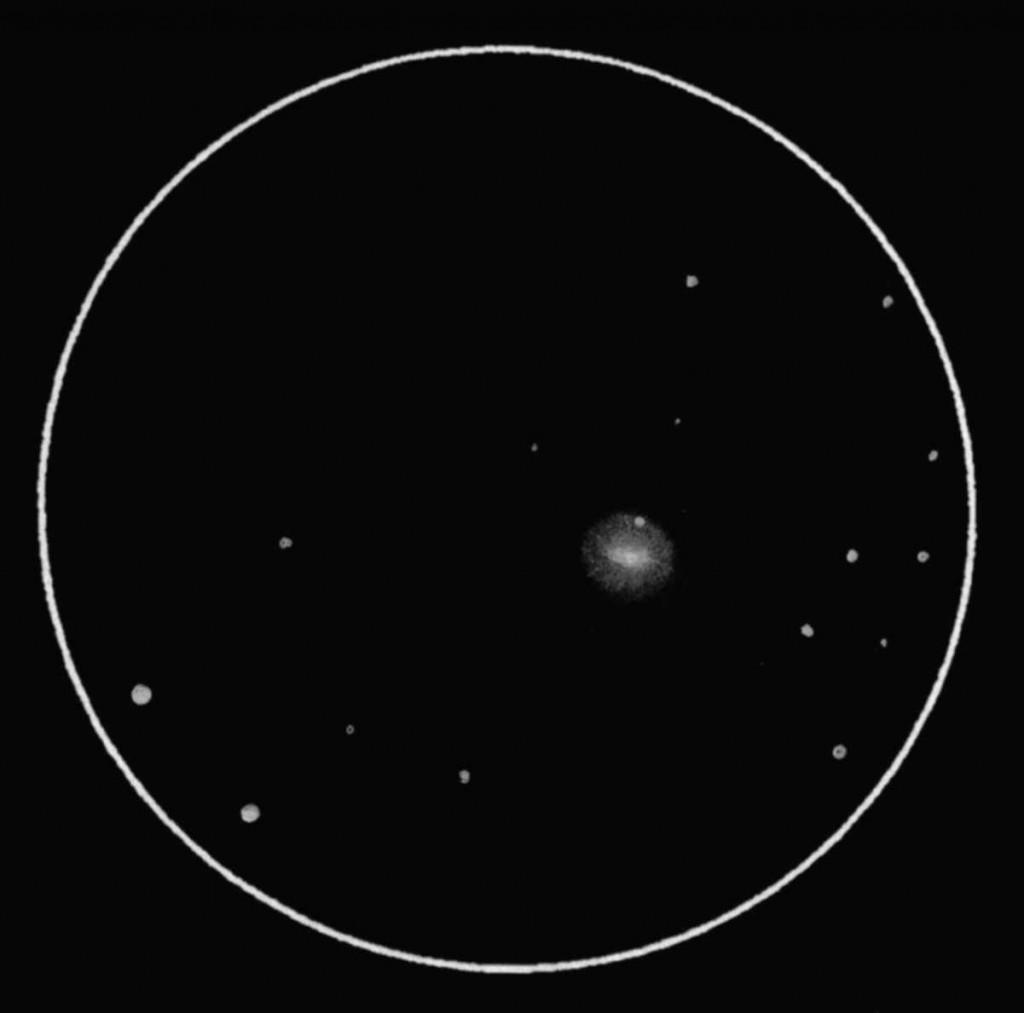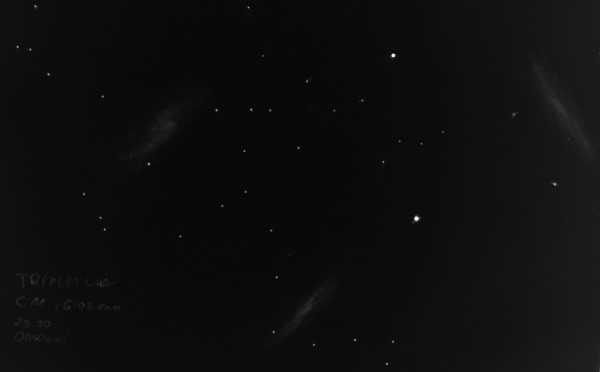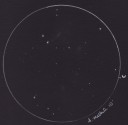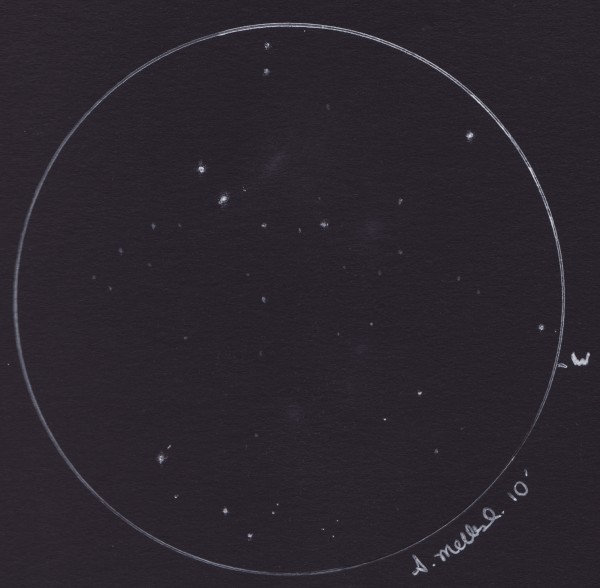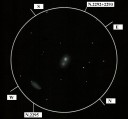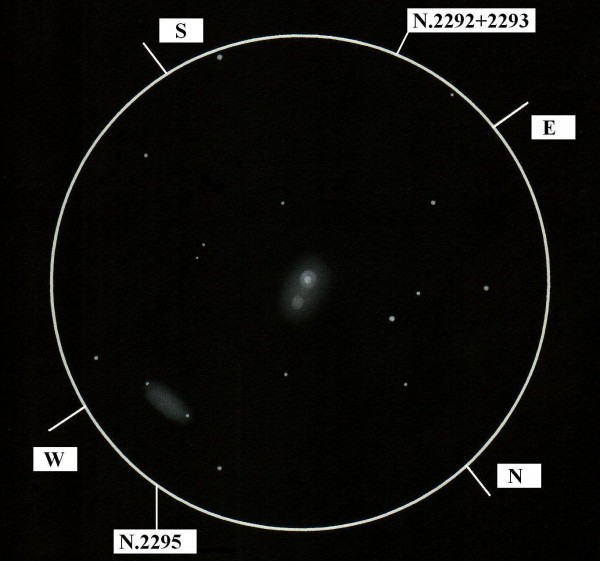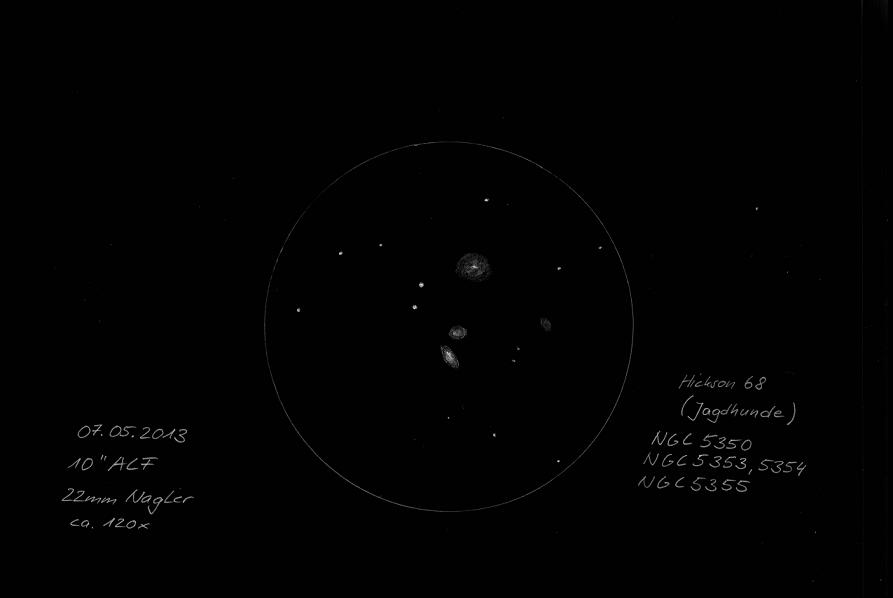
Hello,
on the night of 07th on the 08th May, I had good conditions: no wind, warm temperatures (about 14°C) and clear sky.
So I observed the area between Bootes and Ursa Major till midnight. After lot of nice galaxies I steered my telescope to Hickson 68.
The Galaxies around NGC 5350 in the vicinity of a pretty yellow and blue double star are a great few. Only the faintest galaxy NGC 5358 was imperceptible. After 20 minutes I had placed the stars and the galaxies NGC 5350, 5353, 5354, 5355 on my sketchpad.
It was one of the nights where I enjoy working with the Deep Sky observers Atlas by Gerhard Stropek. I traveled from galaxy to galaxy and simply enjoyed the light of the stars.
And so I hope that you like my sketch.
CS Uwe
Location: Germany near Tauberbischofsheim
Telescope: 10″ ACF on Vixen SXD
Eyepiece: 22mm Nagler
Sketch: pencil on white paper inverted colours


